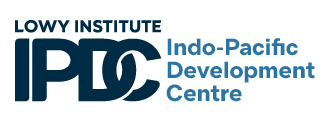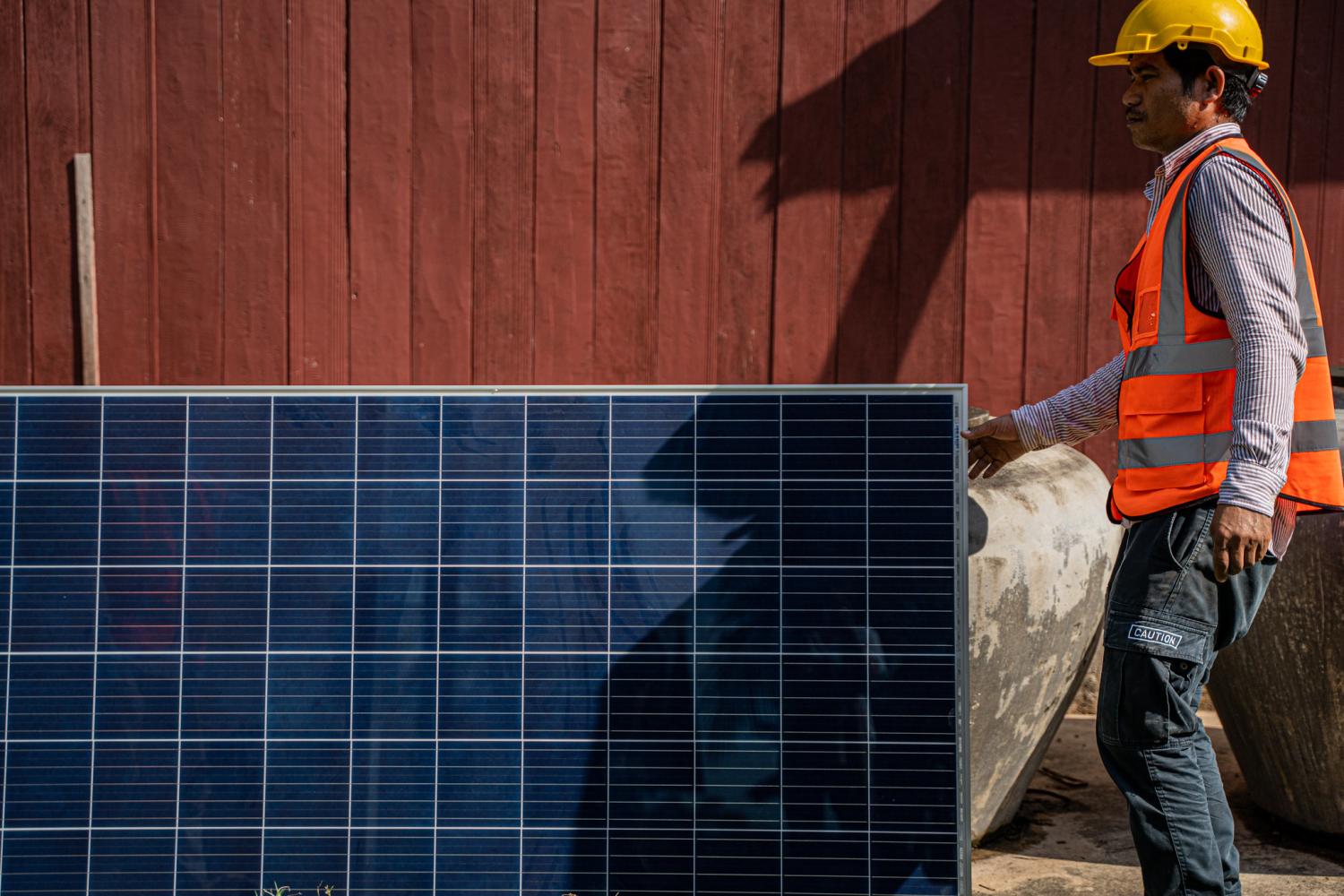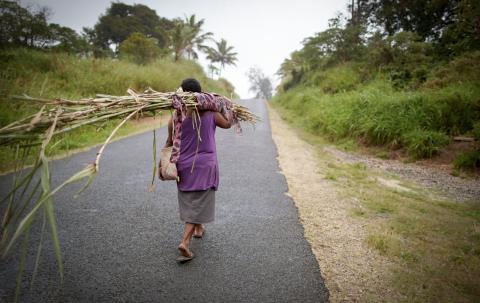Southeast Asia has navigated the economic impacts of COVID-19 and Russia’s invasion of Ukraine relatively well, but at a high cost: slower poverty reduction, significant learning losses, and large budget deficits. Despite the crucial role of international development finance in supporting the region, this funding is steadily declining. Continued cuts in external support could severely hinder Southeast Asia’s recovery and future development progress.
The second edition of the Lowy Institute’s Southeast Asia Aid Map, released today, updates the most comprehensive database ever compiled on aid and development activities in the region. It reveals that after boosts in support to help the region combat the Covid pandemic in 2020 and 2021, funding volumes in 2022 – the latest year for which data is available – have fallen to the lowest level since 2015.
Four of the region’s top five development partners decreased their spending in 2022 from 2021, attributable in part to a winding down of big spending on pandemic support measures. But it’s not just the Covid effect. China, Japan, South Korea and the ADB all recorded lower levels of spending in 2022 than in pre-pandemic 2019. Of the top 5, only the World Bank has increased its spending on 2019 levels.
A collapse in spending from China, the region’s top partner from 2015 until 2020, has driven much of the decline. In 2022 Beijing’s contributions to Southeast Asia equalled only half of its expenditure in 2019, and just a third of what it spent in the region in 2015. The other part of the picture is a dramatic decline in promises of future Chinese spending, down to $1.4 billion in 2022 from $34.1 billion in 2015, boding ill for the coming years.
Particularly alarming is the outlook for international support for Southeast Asia’s climate resilience and clean energy transition. The Aid Map shows that spending on climate change mitigation and adaptation dropped by 15% in 2022, a year in which Southeast Asia recorded the most natural disasters of any region on the planet.
Central to the region’s development will be its ability to meet its rising energy needs. Estimates of the cost are daunting – as much as US$130 billion annually by 2030. But on support for energy generation, Southeast Asia’s partners are dropping the ball. A welcome decline in funding for fossil fuel generation has not been matched by a corresponding increase in funding for renewables, which is in fact lower in 2022 than in 2015. That’s at odds with the region’s pressing need for more and cleaner energy.
It’s not all bad news. A new methodology for tracking finance aimed at addressing gender inequality and empowering women reveals that gender equality objectives are being increasingly integrated into more mainstream development projects by traditional donors, although worryingly the amount being spent on projects devoted principally to addressing gender equality is lower in 2022 than in 2015.
Intra-regional support - that is, aid and development finance provided by Southeast Asian countries to their neighbours - is on the rise though still modest. Thailand in particular is providing a model for its peers to transition from recipient to provider, although many countries occupy a dual role. Cambodia, for instance, is both the region’s third-largest recipient and provider of intra-regional support.
There are many other insights to draw out from the interactive website, key findings report and downloadable database. The second edition of the Southeast Asia Aid Map shows mixed signals for the region’s future and the support provided by its international partners. Levels of support are trending in the wrong direction, especially for climate change assistance, while there are signs of hope for more inclusive development and intra-regional solidarity.


